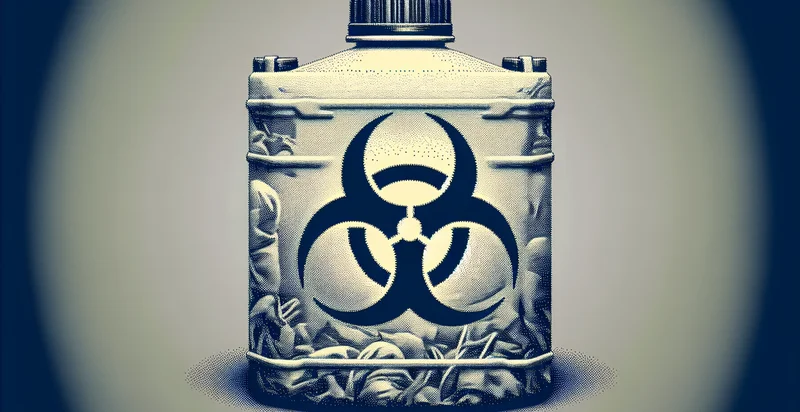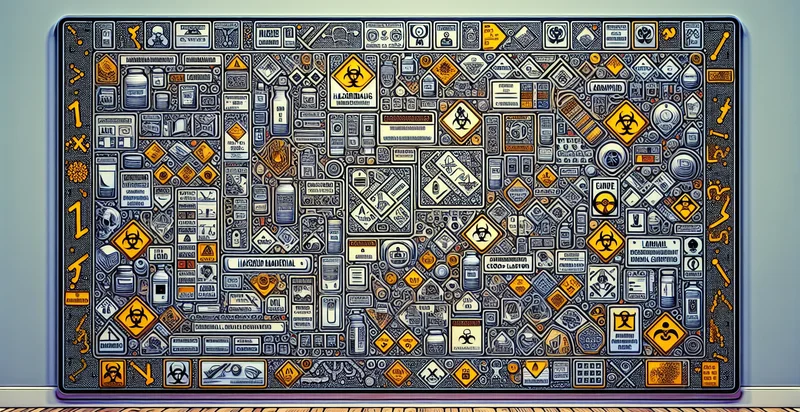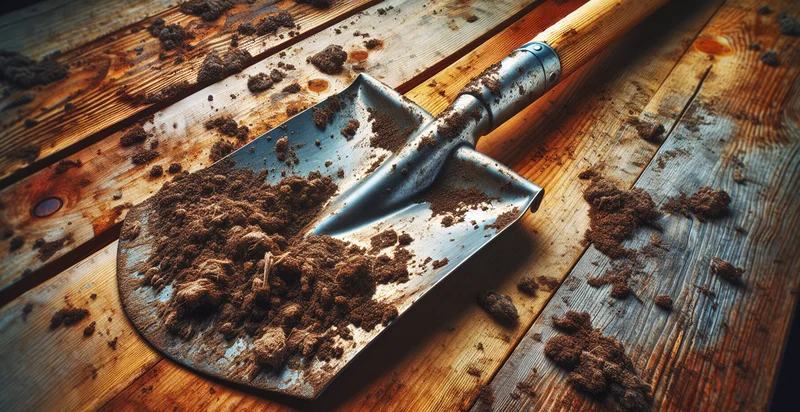Identify if an object item is a biohazard
using AI
Below is a free classifier to identify if an object item is a biohazard. Just upload your image, and our AI will predict if the item is a biohazard - in just seconds.

Contact us for API access
Or, use Nyckel to build highly-accurate custom classifiers in just minutes. No PhD required.
Get started
import nyckel
credentials = nyckel.Credentials("YOUR_CLIENT_ID", "YOUR_CLIENT_SECRET")
nyckel.invoke("if-an-object-item-is-a-biohazard", "your_image_url", credentials)
fetch('https://www.nyckel.com/v1/functions/if-an-object-item-is-a-biohazard/invoke', {
method: 'POST',
headers: {
'Authorization': 'Bearer ' + 'YOUR_BEARER_TOKEN',
'Content-Type': 'application/json',
},
body: JSON.stringify(
{"data": "your_image_url"}
)
})
.then(response => response.json())
.then(data => console.log(data));
curl -X POST \
-H "Content-Type: application/json" \
-H "Authorization: Bearer YOUR_BEARER_TOKEN" \
-d '{"data": "your_image_url"}' \
https://www.nyckel.com/v1/functions/if-an-object-item-is-a-biohazard/invoke
How this classifier works
To start, upload your image. Our AI tool will then predict if the item is a biohazard.
This pretrained image model uses a Nyckel-created dataset and has 2 labels, including Biohazard and Non Biohazard.
We'll also show a confidence score (the higher the number, the more confident the AI model is around if the item is a biohazard).
Whether you're just curious or building if an object item is a biohazard detection into your application, we hope our classifier proves helpful.
Related Classifiers
Need to identify if an object item is a biohazard at scale?
Get API or Zapier access to this classifier for free. It's perfect for:
- Medical Waste Management: This use case focuses on identifying biohazardous materials in healthcare settings. Automated image classification can help staff in hospitals and clinics efficiently sort and manage medical waste, ensuring that dangerous materials are appropriately disposed of and minimizing the risk of contamination.
- Hazardous Material Transportation: Logistics companies can utilize biohazard identification to ensure the safe transportation of hazardous materials. By integrating this function into their shipping processes, companies can prevent the accidental transport of biohazardous items, thus maintaining compliance with safety regulations and protecting workers during transit.
- Environmental Monitoring: In environmental protection agencies, this function can aid in detecting hazardous waste in natural settings, such as chemicals in soil or water. Automated identification of biohazards can facilitate quicker responses to contamination incidents, aiding in remediation efforts and protecting ecosystems.
- Food Safety Inspections: Restaurants and food processing plants can employ this technology to identify biohazardous items that may contaminate food products. The system can inspect incoming ingredients or packaging for harmful substances, contributing to safer food preparation and enhancing consumer safety.
- Disaster Response: Emergency responders can use image classification to identify biohazardous materials in the aftermath of disasters such as chemical spills or industrial accidents. This technology can help prioritize response efforts, ensuring hazardous materials are addressed swiftly to protect public health and safety.
- Laboratory Safety Checks: Research and development labs dealing with potentially infectious agents can benefit from automated biohazard identification. By incorporating this function into their safety protocols, labs can reduce human error in identifying hazardous materials in sample handling and storage, thus improving overall laboratory safety.
- Waste Recycling Facilities: This technology can be applied in waste management and recycling plants to identify contaminated or biohazardous items in recycling streams. By preventing such materials from entering the recycling process, facilities can enhance their operational efficiency and ensure worker safety.


